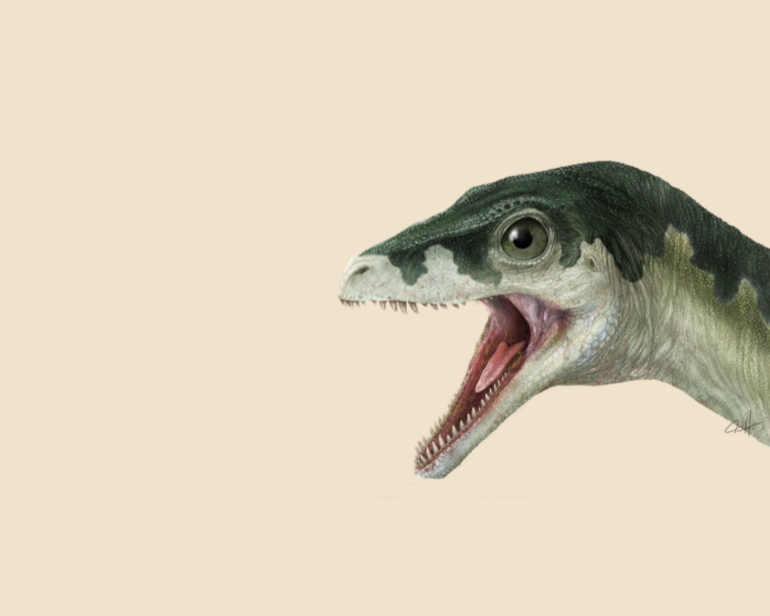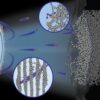It may be hard to imagine, but once upon a time, dinosaurs didn’t dominate their world. When they first originated, they were just small, two-legged carnivores overshadowed by a diverse array of other reptiles.
How did they come to rule?
My colleagues and I recently studied the fossilized bones of the earliest known dinosaurs and their nondinosaur rivals to compare their growth rates. We wanted to find out whether early dinosaurs were somehow special in the way they grew – and if this may have given them a leg up in their rapidly changing world.
Before dinosaurs – the Great Dying
Life on Earth was flourishing 250 million years ago. Dinosaurs had yet to evolve. Instead, giant amphibians and sail-backed reptiles called therapsids thrived.
But within a blink of geologic time, in a span of about 60,000 years, scientists estimate 95% of all living things went extinct. Known as the Permian extinction or the Great Dying, it is the largest of the five known mass extinction events on Earth.
Most scientists agree this near total die-off was caused by extensive volcanic activity in modern-day Siberia, which covered millions of square miles with lava. The resulting noxious gases and heat combined to push global temperatures dramatically upward, eventually leading to ocean acidification, a loss of oxygen in ocean waters and a profound ecosystem collapse, both on land and in the ocean.
Only a few lucky survivors made it through.
The survivors and their descendants
In the ecological vacuum after the mass extinction event, on the stage of a healing Earth, the ancestors of dinosaurs first evolved – along with the ancestors of today’s frogs, salamanders, lizards, turtles and mammals. It was the dawn of the Triassic Period, which lasted from 252 million years ago to 201 million years ago.
Collectively, the creatures that survived the Great Dying were not particularly remarkable. One animal group, known as Archosauria, started off with relatively small and simple body plans. They were flexible eaters and could live in a wide variety of environmental conditions.
Archosaurs eventually split into two tribes – one group including modern crocodiles and their ancient relatives and a second including modern birds, along with their dinosaur ancestors.
This second group walked on their tiptoes and had big leg muscles. They also had extra connections between their back bones and hip bones that allowed them to move efficiently in their new world.
Instead of directly competing with other archosaurs, it seems this group of dinosaur ancestors exploited different ecological niches – maybe by eating different foods or living in slightly different geographical areas. But early on, the dinosaurlike archosaurs were far less diverse than the crocodile ancestors they lived alongside.
Slowly, the dinosaur lineage continued to evolve. It took tens of millions of years before dinosaurs became abundant enough for their skeletons to show up in the…



